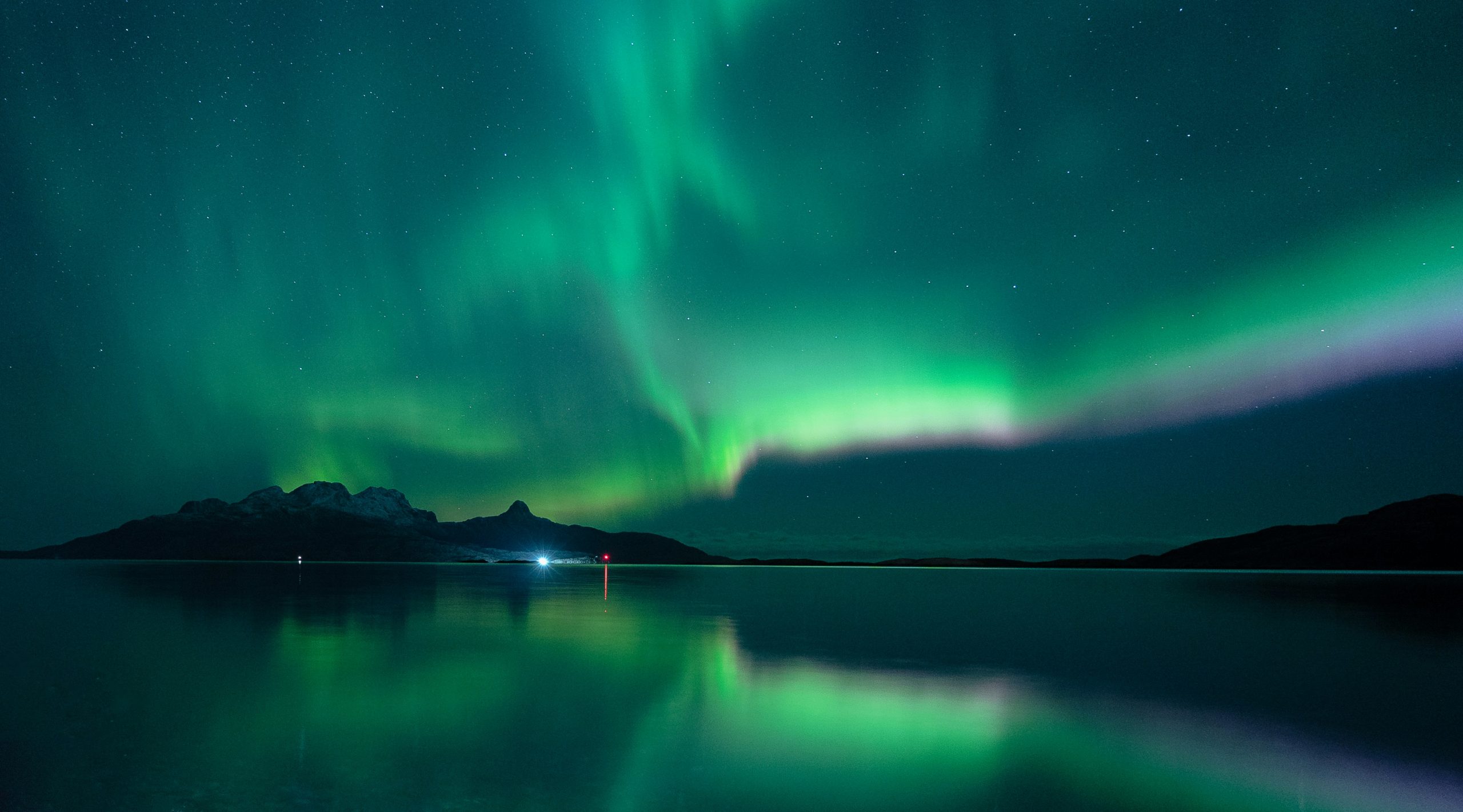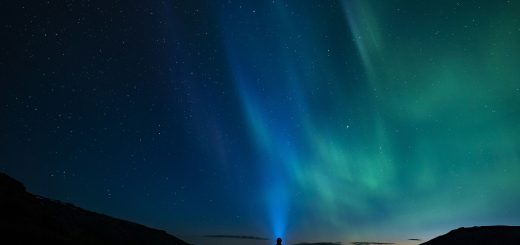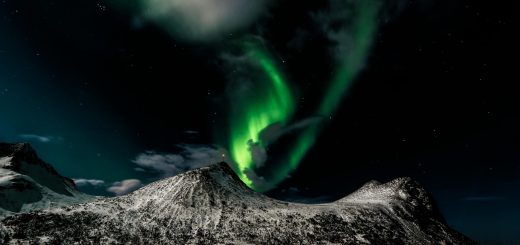The Water Nymphs: Myths from Different Cultures

Hey there, amazing readers! 🖐️ Just a quick note: yes, we know there are a lot of ads here. Trust us, we get it—it’s not the prettiest look, but they help us keep this blog alive and kicking. Those pesky little ads cover the costs of all the behind-the-scenes magic, from hosting and tech stuff to creating content we hope you’ll love.
We’re committed to delivering quality posts, and your support (even just sticking around despite the ads) means everything to us. So, bear with us, and thanks for helping us keep the good vibes rolling. Now, on to the fun stuff! 😉
TRANSLATE BUTTON AT THE END OF THE ARTICLE
A Quick Overview
Water nymphs, enchanting beings of folklore and mythology, have captured our imaginations for centuries.
They embody the beauty, mystery, and sometimes danger associated with water.
From the melodious Sirens of Greece to the shapeshifting Selkies of Celtic tales, these mythical figures reflect our deep connection to water—the source of life, creativity, and often, treachery.
In this article, I’ll take you on a journey through various cultures to explore the rich tapestry of water nymph myths, unraveling their stories and significance.
Introduction to Water Nymphs: Mystical Beings Across Cultures
Water nymphs, or aquatic spirits, are often portrayed as captivating women, although they can also appear as men or androgynous beings.
Their tales span continents and eras, showing how different cultures celebrate and fear the power of water.
These nymphs might be guardians of rivers, lakes, or oceans, often depicted as protectors of their domains.
They are sometimes benevolent, offering guidance and assistance to humans, while at other times, they can be vengeful, luring unsuspecting individuals to their watery graves.
The duality of water—both nurturing and destructive—shines through in these legends.
What’s most interesting to me is how these stories often reflect the values and fears of the cultures from which they originate.
As we delve into these myths, we’ll see that despite their cultural differences, the common thread of water’s allure and danger ties them all together.
So, let’s dive into each of these fascinating tales!
The Sirens of Greek Mythology: Luring Sailors to Danger
In Greek mythology, the Sirens are perhaps the most famous water nymphs.
Often depicted as beautiful maidens with enchanting voices, they reside on rocky islands.
When sailors pass by, they sing irresistible melodies that lure them closer.
The tragic irony is that these songs lead sailors to crash upon the rocks, meeting their doom.
The myth of Odysseus illustrates this perfectly.
In Homer’s "Odyssey," Odysseus cleverly fills his crew’s ears with beeswax and has himself tied to the mast.
This way, he can hear the Sirens’ song without succumbing to its fatal allure.
The Sirens symbolize both the beauty and the peril of temptation—a lesson in self-control that resonates even today.
Interestingly, different versions of the Siren myth exist.
Some portray them as half-bird, half-woman creatures, emphasizing their otherworldly nature.
Regardless of their appearance, their essence remains: a manifestation of nature’s seduction and the dangers lurking beneath the surface.
Naiads: The Enchanting Freshwater Nymphs of Greece
Naiads, another group of water nymphs from Greek mythology, are the spirits of fresh water—rivers, springs, and lakes.
They are often depicted as youthful, beautiful maidens who share a close bond with the nature they inhabit.
Unlike the Sirens, Naiads are generally benevolent and nurturing.
These nymphs are known for their ability to heal and provide nourishment.
In many myths, they are associated with fertility and vegetation.
Farmers would often pray to Naiads for a bountiful harvest, believing that these spirits could bless their crops with life-giving water.
Naiads also play a role in various love stories.
Many mortal men have fallen in love with them, leading to tales of romance and tragedy.
The Naiad’s elusive nature often leaves these lovers yearning, illustrating the bittersweet relationship between humans and the divine.
Their stories remind us of the importance of freshwater sources in our lives.
Today, with water scarcity becoming a pressing issue, revisiting these myths can inspire us to cherish and protect our precious water resources.
The Lore of Mermaids: Siren Songs and Ocean Tales
Mermaids, perhaps the most globally recognized water nymphs, combine the allure of beauty with the enigma of the ocean depths.
They are often depicted with the upper body of a human and the tail of a fish.
These beings are known for their enchanting songs, which can be both mesmerizing and perilous.
The tales of mermaids vary widely across cultures.
In some traditions, they are portrayed as helpful beings, guiding sailors safely to shore.
In others, like the famous story of Hans Christian Andersen’s "The Little Mermaid," they face tragic fates while longing for a human life.
Reflections of societal values are evident in these stories.
For instance, the mermaid’s desire to become human often symbolizes the longing for freedom or acceptance in a world that feels restrictive.
In coastal communities, mermaids serve as cautionary figures.
They embody the ocean’s unpredictable nature and remind us of the respect we must show toward it.
The fascination with mermaids continues today, evident in movies, books, and art.
They symbolize how humans continue to romanticize and fear the mysteries of the sea.
Japanese Water Spirits: The Beautiful and Fearsome Yōkai
In Japan, water spirits known as Yōkai encompass a wide range of supernatural beings, including those associated with bodies of water.
One of the most well-known is Umibōzu, a giant sea spirit that appears during storms.
Legends describe it as resembling a monk, with a large, bald head and a tendency to capsize ships.
In contrast, the Yōkai known as Iso-onna or "tide woman" is depicted as a beautiful woman who lures men to their doom.
These spirits often embody the unpredictable nature of water, reflecting both beauty and danger.
Japanese folklore teaches us to respect the natural world, encouraging a harmonious relationship with our surroundings.
The stories of Yōkai often serve as cautionary tales, warning against arrogance and the absence of respect for nature.
These legends have permeated Japanese culture, influencing art, literature, and even modern media.
They remind us that every drop of water holds a story, a spirit, or perhaps a lesson waiting to be learned.
Slavic Water Nymphs: Rusalka and the Rivers’ Secrets
In Slavic folklore, the Rusalka is a captivating water nymph often associated with rivers and lakes.
Traditionally depicted as young women with long hair, Rusalki embody the spirits of young girls who have drowned or died tragically.
Their tales are intertwined with themes of love, death, and longing.
During the summer, Rusalki are said to emerge from the water to dance and sing.
However, they can be quite vengeful toward those who disrespect their waters.
This duality reflects how Slavic cultures view the mysterious nature of water—both as a source of life and a potential harbinger of death.
The Rusalka’s story is often a tragic one.
Many tales explore her unfulfilled desires and the consequences of her tragic fate.
In these legends, we find reflections of social norms regarding love, loss, and the consequences of human actions.
The tales of Rusalki resonate deeply in contemporary Slavic cultures, serving as reminders of the importance of water and the stories it carries.
They teach us about remembrance, respect, and the delicate balance between life and death.
The Celtic Selkies: Shapeshifters of Sea and Shore
Selkies are fascinating beings from Celtic mythology, especially in Scottish and Irish folklore.
Described as seals in the water, they can shed their skins to become beautiful humans on land.
The stories often revolve around the longing for love and the struggle between two worlds—the sea and the shore.
One popular tale tells of a fisherman who captures a Selkie’s skin, making it impossible for her to return to the ocean.
As they marry and have children, the Selkie yearns for the sea, highlighting the tension between love and freedom.
These stories reflect the deep connection between humans and nature and the bittersweet choices we often face.
The allure of the Selkie lies in their dual identity.
They symbolize the desire for freedom while also representing the warmth of companionship.
The tales encourage us to consider the balance between our desires and responsibilities.
Today, Selkies continue to inspire art, literature, and music.
Their stories remind us that our connections to nature are often complex, filled with beauty, longing, and sometimes heartbreak.
African Water Spirits: Mami Wata and Her Allure
Mami Wata, a prominent figure in African folklore, is a water spirit often depicted as a stunning woman with long, flowing hair, sometimes accompanied by a snake.
Revered in various African cultures, Mami Wata embodies the beauty, mystery, and power of water.
Stories about Mami Wata often highlight her dual nature.
She can bring great wealth and prosperity but also misfortune.
People seek her blessings for love, prosperity, and healing.
However, disrespecting her can lead to dire consequences.
These tales reflect the complex relationship African cultures have with water—celebrating its life-giving properties while acknowledging its potential for destruction.
The reverence for Mami Wata underscores the importance of understanding and respecting the forces of nature.
Mami Wata’s influence extends beyond folklore; she has become a symbol of the African diaspora, representing the connection between people and water across generations.
Her stories are a testament to the rich cultural heritage that continues to thrive today.
The Chthonic Nymphs: Earthly Spirits of Water Sources
Chthonic nymphs are often associated with underground water sources, springs, and wells.
They are less commonly known but play an essential role in various mythologies.
These nymphs embody the connection between water and the earth, reflecting the belief that water is a sacred element vital for life.
In many cultures, these nymphs are seen as guardians of springs, ensuring that water remains pure and available.
They are often depicted as nurturing figures, welcoming those who seek water with open arms.
Chthonic nymphs are also linked to fertility and rebirth.
Their waters are seen as sources of life, reflecting the interconnectedness of all living beings.
They teach us the significance of maintaining balance within ecosystems and the earth’s resources.
As we become more aware of environmental issues today, the lessons from these nymphs resonate strongly.
They remind us of our responsibility to protect our water sources and respect the natural world.
Native American Water Myths: Legends of the Water Spirits
Native American cultures feature a rich tapestry of myths surrounding water spirits.
Many tribes believe in water beings who play crucial roles in creation stories, rituals, and daily life.
For instance, the Ojibwe people speak of water spirits called Kitchi Manitou, who are seen as life-givers.
In many myths, these spirits are protectors of rivers and lakes, ensuring that they remain clean and vibrant.
They often serve as intermediaries between humans and the spirit world, emphasizing the connection between nature and spirituality.
The stories convey strong messages about respect for water and the environment.
They highlight the sacredness of water as a life source and the need for stewardship.
Through these myths, we see the deep reverence for water in Native American cultures.
They remind us that every body of water holds stories, history, and a connection to something greater than ourselves.
The Role of Water Nymphs in Art and Literature
Water nymphs have inspired countless artists, writers, and musicians throughout history.
Their captivating stories often serve as metaphors for love, loss, temptation, and the mysteries of nature.
In art, nymphs are frequently depicted in lush landscapes, embodying the beauty of their environments.
From classical paintings to modern illustrations, these figures evoke a sense of wonder and intrigue.
Literature, too, is rich with references to water nymphs.
Writers like Hans Christian Andersen and John Milton have crafted tales that delve into their enchanting yet perilous nature.
Their narratives often invite readers to reflect on human desires and the consequences of our actions.
In music, water nymphs inspire melodies that resonate with the themes of longing and beauty.
Composers have created operas and symphonies that capture the spirit of these mythical beings, evoking the emotions tied to their stories.
The enduring appeal of water nymphs in art and literature speaks to our fascination with the natural world.
They serve as reminders of the beauty and danger that water embodies, continuing to inspire creativity across cultures.
Conclusion: The Enduring Charm of Water Nymphs Worldwide
Water nymphs are more than mere mythical figures; they are reflections of our relationship with nature.
They embody the beauty, mystery, and complexity of water—elements that are both life-sustaining and perilous.
Across cultures, these enchanting beings remind us of the importance of respect, balance, and harmony in our interactions with the natural world.
Their stories resonate with themes of love, longing, and the consequences of human actions, encouraging us to reflect on our own lives.
As we navigate the challenges of the modern world, the tales of water nymphs continue to inspire and enlighten.
They urge us to cherish our water sources and recognize the profound connection we share with the planet.
So next time you hear a gentle stream or catch a glimpse of the ocean, think of the water nymphs who dwell there.
Their stories are part of our shared human experience, connecting us all through the ever-flowing currents of life.

The Enlightenment Journey is a remarkable collection of writings authored by a distinguished group of experts in the fields of spirituality, new age, and esoteric knowledge.
This anthology features a diverse assembly of well-experienced authors who bring their profound insights and credible perspectives to the forefront.
Each contributor possesses a wealth of knowledge and wisdom, making them authorities in their respective domains.
Together, they offer readers a transformative journey into the realms of spiritual growth, self-discovery, and esoteric enlightenment.
The Enlightenment Journey is a testament to the collective expertise of these luminaries, providing readers with a rich tapestry of ideas and information to illuminate their spiritual path.
Our Diverse Expertise 🌟
While our primary focus is on spirituality and esotericism, we are equally passionate about exploring a wide range of other topics and niches 🌍📚. Our experienced team is dedicated to delivering high-quality, informative content across various subjects ✨.
To ensure we provide the most accurate and valuable insights, we collaborate with trusted experts in their respective domains 🧑🏫👩🏫. This allows us to offer well-rounded perspectives and knowledge to our readers.
Our blog originally focused on spirituality and metaphysics, but we’ve since expanded to cover a wide range of niches. Don’t worry—we continue to publish a lot of articles on spirituality! Frequently visit our blog to explore our diverse content and stay tuned for more insightful reads.







